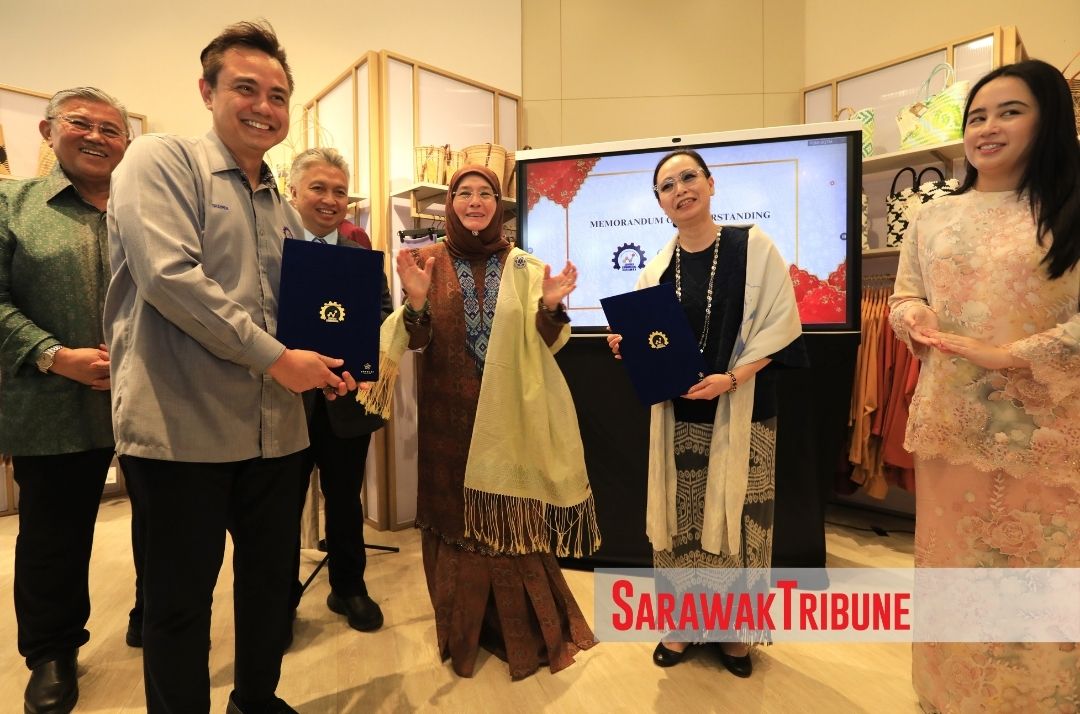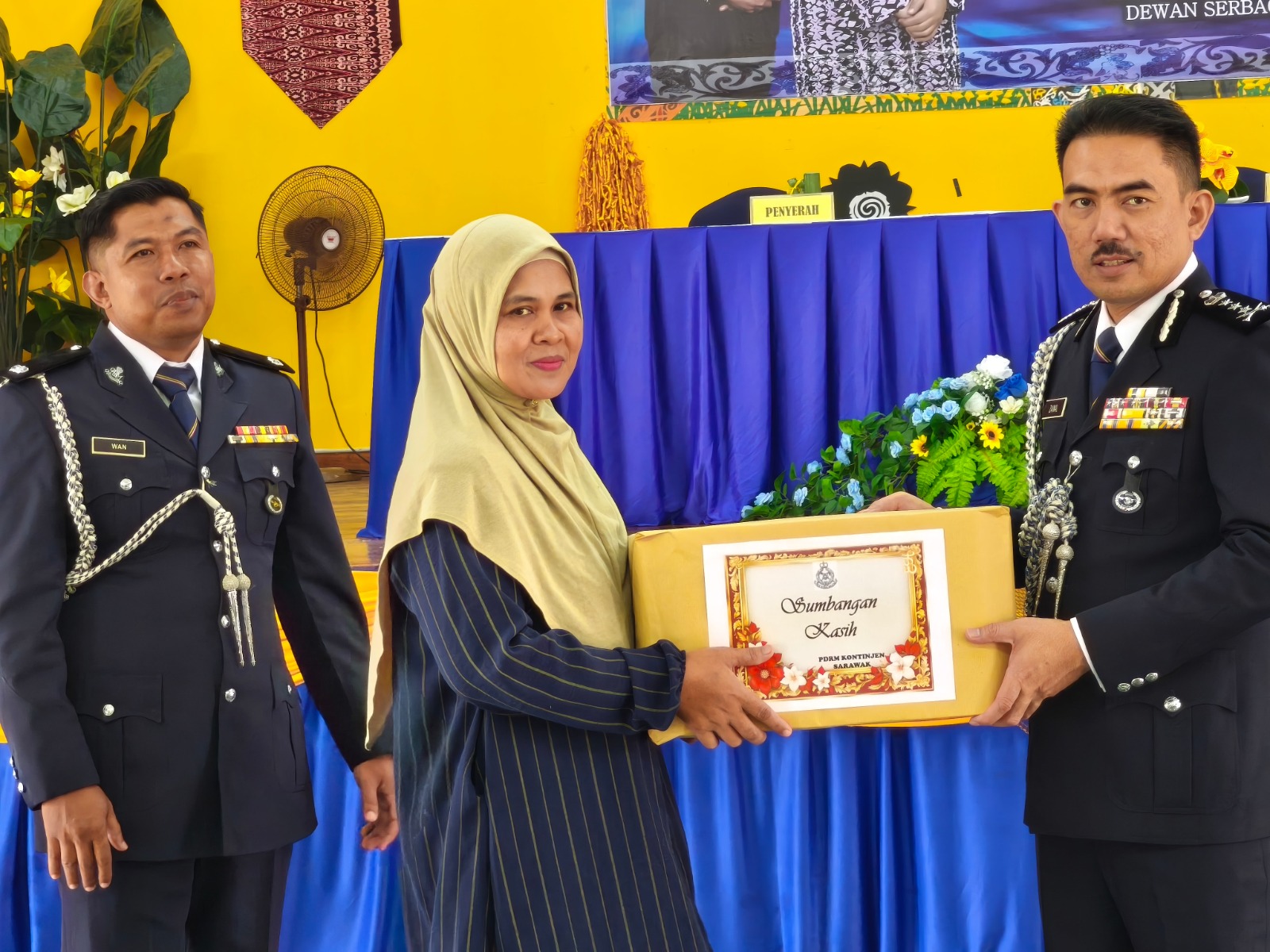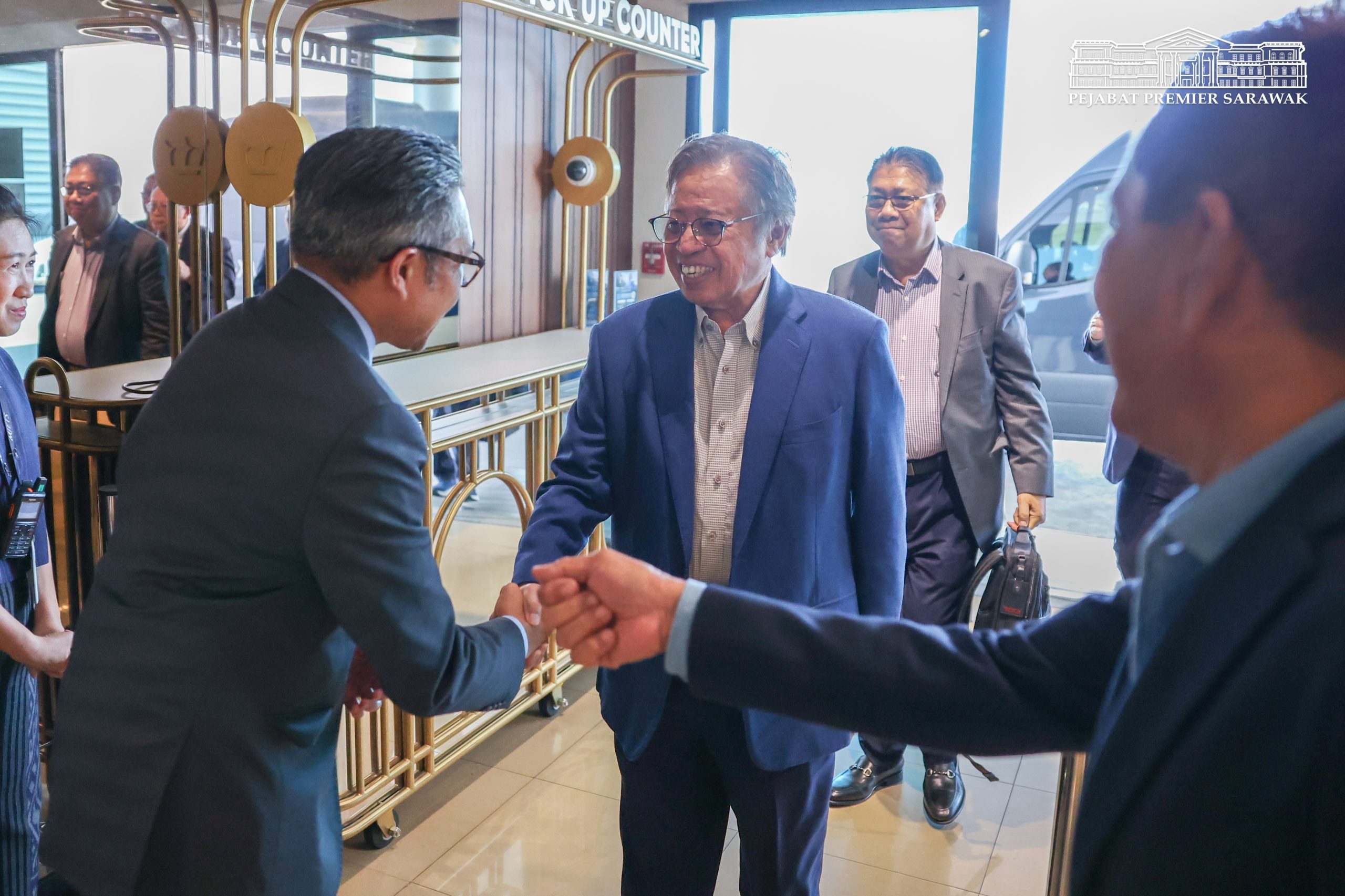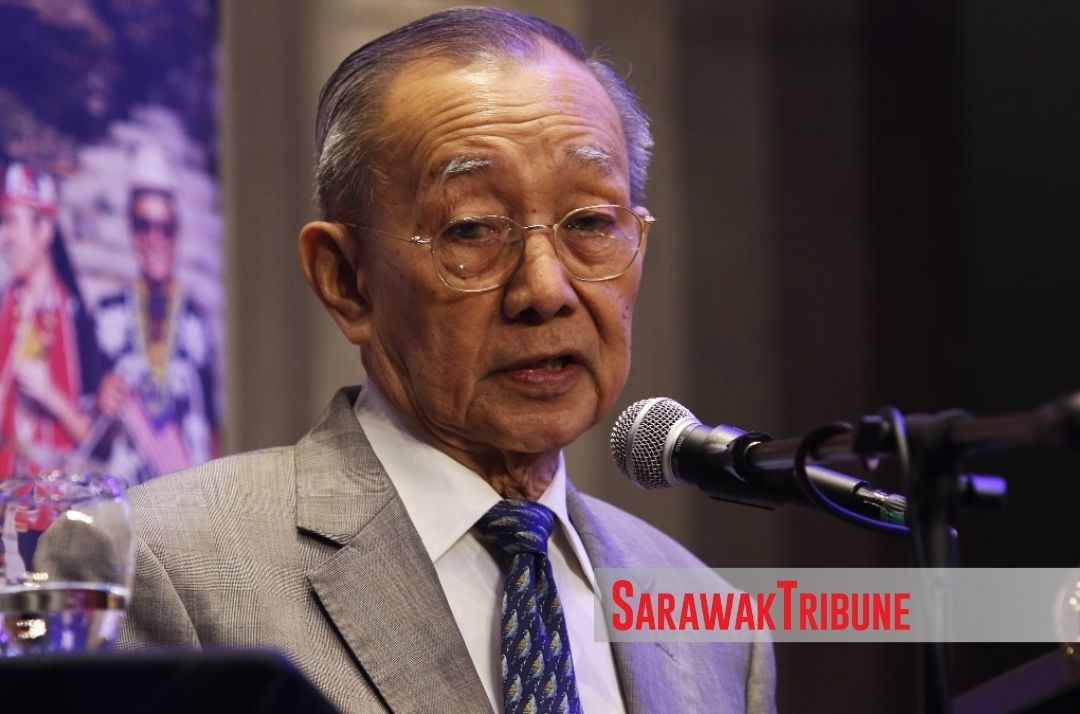This article marks my second-last contribution before my final flag-off as a senior fire officer, and it brings me great honour and pleasure to continue advocating for Total Fire Safety, a lifelong mission that I believe is essential to nation building.
Throughout my career, I have consistently emphasised the importance of transforming the way communities think about fire.
Fire can be a helpful servant, but when mishandled or ignored, it becomes a devastating and merciless master.
This belief is what gave birth to one of my guiding mottos: “We want to see you before the fire, not after.”
It is a simple message, but it holds a powerful call to action, that we must move away from a reactive mindset and adopt a proactive culture of fire safety rooted in prevention, education and shared responsibility.
Many of my past articles have focused on the work of Bomba Sarawak in educating communities and highlighting the dangers of what I call the 3L Syndrome — Lupa (forgetfulness), Leka (carelessness), and Lalai (negligence).
Despite years of awareness campaigns through mainstream and digital media, it is disheartening that many of these messages are still ignored.
This is evident in the number of preventable fire incidents that continue to claim lives and destroy property.
Often, after a fire has happened, we hear people ask, “Why did this happen? Why my house?” The sad truth is that fire does not make appointments, it does not come with courtesy, it does not take holidays, and it certainly does not choose its victims.
Understanding fire safety begins with understanding that it is not merely about responding to incidents, but about preventing, mitigating, and reducing risks through community involvement and continuous education.
Definitions of fire safety under international and national standards such as the NFPA 2011 and JBPM 1997, focus on prevention, limiting the spread of fire and smoke, extinguishment, and ensuring quick and safe evacuation.
My own perspective builds on this by including the role of communities and individuals in taking ownership of their environments and decisions.
In Sarawak, one of the most pressing challenges we face lies in fire safety management within buildings.
Building designs must incorporate safety considerations from the outset, ensuring that in the event of a fire, occupants can safely evacuate, fire and smoke are effectively controlled and the structure remains safe for fire teams to carry out their duties.
These principles are essential for protecting lives, property, the environment and ensuring business continuity.
In Malaysia, there are three recognised methods for designing fire safety into buildings: Prescriptive Method under UBBL 1984 (2021 amendment) and Sarawak Building Ordinance 1994, the Performance-Based Approach outlined in MS 1183:2015 and MS 2780:2023, and the Risk-Based Verification Method. Regardless of the method used, what matters most is that safety is not compromised, and compliance is achieved.
Fire incidents in Malaysia between 2018 and 2024 caused average annual losses of RM1.24 billion, though an average of RM7.97 billion was successfully salvaged.
Still, we lost around 111 lives annually during that period, with the majority of these deaths occurring in residential buildings.
These numbers are alarming, and they reflect the urgency of strengthening our approach to fire safety, especially since forensic investigations point to electrical faults and gas equipment as the main causes, most of which were preventable and classified as accidental, again due to the 3L Syndrome.
We must be serious about tackling these issues.
Fire safety management must be recognised as a risk management strategy and an integral part of life safety planning.
Effective fire safety involves three interconnected aspects: prevention management, fire incident management and people management.
These aspects must be supported by five pillars: engineering, education, enforcement, emergency management and economic initiatives.
Maintaining a good culture of maintenance, decluttering spaces and practicing safe housekeeping are key preventive measures.
During emergencies, especially in high-rise buildings or crowded areas, safe evacuation plans must take into account volume, density and movement to ensure the protection of all occupants.
People must also understand the difference between passive fire protection, like fire-resistant materials and barriers, and active systems such as alarms, sprinklers and extinguishers.
Five critical groups must take responsibility in the fire safety ecosystem: authorities, designers, builders, inspectors and occupiers.
Authorities must develop regulations and policies; designers must create fire-resilient layouts; builders must ensure construction complies with safety standards; inspectors must enforce compliance with diligence; and occupiers must adopt a mindset of constant vigilance and responsible housekeeping.
Everyone must work together to eliminate unsafe acts, unsafe behaviours and unsafe conditions.
One of the greatest obstacles we face is the mindset that fire safety is solely the responsibility of the fire department or government.
This belief is not only dangerous but has proven to be deadly.
Fires, fatalities and the destruction of property continue to occur because the community’s role in fire prevention and safety remains weak.
Public awareness is still low, and our ability to manage emergencies and disasters systematically must be improved.
That is why Bomba Malaysia has introduced a strategic direction under the theme of enhancing community resilience and improving disaster management capabilities.
This involves four main thrusts, 47 strategies, 95 action plans, and 208 initiatives, all aimed at cultivating a fire safety culture, building strategic collaborations and strengthening our collective capacity to face emergencies.
We have also introduced new guidelines tailored to the property, construction, and industrial sectors, including the Guide to Fire Protection in Malaysia (aligned with UBBL 1984, 2021 amendment), as well as specific guidelines for data centres, electric vehicle charging bays, oil and gas facilities, hydrogen refuelling stations, solar systems and hydrogen-powered portable generators.
These are complemented by ongoing efforts to study and adapt global fire safety standards for local use.
At the grassroots level, our commitment to building a culture of safety is reflected in community-based programmes such as Bomba Cilik, Bomba Junior, Celik S.U.R.I, Bomba Komuniti, the Community Emergency Response Team, Fire Point Champions and the 1RAPI programme.
These initiatives, which are often conducted at Community Learning Centres and Community Fire Learning Centres, help produce local heroes who can respond effectively during emergencies and disasters.
We have seen the effectiveness of these community-focused strategies during Sarawak’s battle with Covid-19, floods and dry spells.
Despite limited manpower and logistical constraints, our communities demonstrated resilience, resourcefulness and unity.
This was possible because Sarawakians took charge of their own safety, and because they were equipped with the right knowledge and mindset.
What we want now is to see every citizen become a champion during emergencies, not a helpless victim.
Community involvement and education are the heart of fire prevention, fire protection and total fire safety.
It is through public engagement that we can build safer homes, safer buildings and safer neighbourhoods.
As I near the end of my service, I leave with one final reminder: Fire safety is not about reacting to fires when they happen.
It is about preventing them from happening in the first place.
It is about empowering people with knowledge, building a culture of responsibility and designing solutions that fit the unique landscape of Sarawak.
And while my journey in uniform may soon end, I trust that this mission — our mission — will continue in the hands and hearts of all Malaysians.















